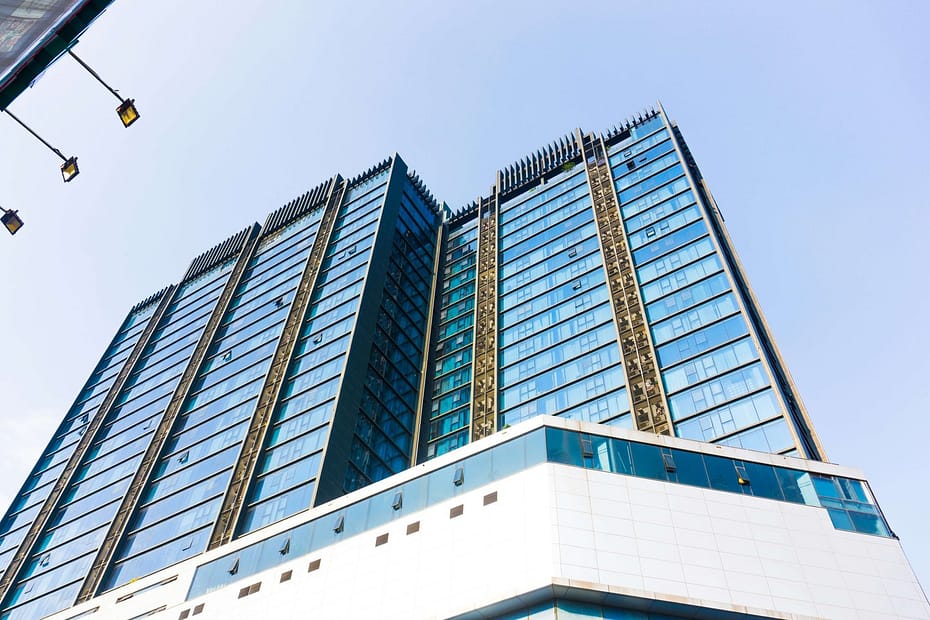Bioclimatic architecture is a design approach that prioritizes the utilization of local climate conditions to create buildings that are energy-efficient, comfortable, and environmentally sustainable. By harnessing natural elements such as sunlight, wind, and thermal mass, bioclimatic architecture seeks to minimize the reliance on artificial heating, cooling, and lighting systems, thereby reducing energy consumption and mitigating the environmental impact of buildings. This article explores the principles and benefits of bioclimatic architecture and highlights key strategies for designing sustainable and climate-responsive buildings.
Principles of Bioclimatic Architecture
Passive Solar Design
Passive solar design is a cornerstone of bioclimatic architecture, leveraging the sun’s energy to heat and illuminate buildings naturally. Key design strategies include orienting buildings to maximize solar exposure, optimizing window placement and size for solar gain, and incorporating thermal mass materials to store and release heat efficiently.
Natural Ventilation
Effective natural ventilation plays a crucial role in bioclimatic architecture, promoting airflow and passive cooling within buildings. Design techniques such as cross-ventilation, stack ventilation, and operable windows allow for the exchange of fresh air while minimizing the need for mechanical cooling systems.
Thermal Insulation
Proper insulation is essential for maintaining thermal comfort and reducing energy consumption in bioclimatic buildings. High-quality insulation materials and techniques help prevent heat transfer through walls, floors, and roofs, minimizing heat loss in cold climates and heat gain in hot climates.
Sustainable Materials
Bioclimatic architecture emphasizes the use of sustainable and locally sourced materials with low environmental impact. By prioritizing materials such as wood, bamboo, adobe, and recycled materials, architects can reduce the carbon footprint of buildings. And support the health of ecosystems.
Benefits of Bioclimatic Architecture
Energy Efficiency
Bioclimatic buildings typically consume significantly less energy for heating, cooling, and lighting compared to conventional structures. By harnessing natural resources such as sunlight and wind, these buildings can achieve high levels of energy efficiency and reduce reliance on fossil fuels.
Thermal Comfort
Bioclimatic design prioritizes thermal comfort by optimizing indoor temperatures and minimizing temperature fluctuations throughout the day and year. By incorporating passive heating and cooling strategies, buildings can maintain comfortable indoor environments without the need for mechanical HVAC systems.
Environmental Sustainability
Bioclimatic architecture contributes to environmental sustainability by reducing greenhouse gas emissions, minimizing resource consumption, and mitigating the urban heat island effect. By embracing natural design principles, architects can create buildings that harmonize with their surroundings and promote ecological balance.
Cost Savings
While upfront costs for bioclimatic design may be higher than conventional construction methods. The long-term savings in energy bills and maintenance expenses can outweigh the initial investment. Bioclimatic buildings often have lower operating costs and higher resale values. Making them a financially attractive choice for owners and investors.
Key Strategies for Bioclimatic Design
Site Analysis
Thorough site analysis is essential for understanding local climate conditions, including solar radiation, prevailing winds, and temperature variations. By gathering data on sun paths, wind patterns, and microclimates, architects can tailor design solutions to maximize energy efficiency and comfort.
Passive Design Strategies
Integrating passive design strategies such as solar orientation, natural ventilation, and thermal mass into building layouts and facades is critical for optimizing bioclimatic performance. By incorporating these strategies from the initial design stages, architects can create buildings that respond effectively to local climate conditions.
Renewable Energy Integration
In addition to passive design strategies, bioclimatic buildings can benefit from the integration of renewable energy systems. Such as solar panels, wind turbines, and geothermal heat pumps. By generating clean energy on-site, buildings can further reduce their environmental impact and achieve greater energy independence.
Water Management
Efficient water management is another key aspect of bioclimatic design, encompassing strategies for rainwater harvesting, greywater recycling, and drought-resistant landscaping. By minimizing water consumption and promoting water reuse, buildings can enhance their sustainability and resilience in the face of water scarcity.
Conclusion
Bioclimatic architecture offers a holistic approach to building design that prioritizes energy efficiency, thermal comfort, and environmental sustainability. By harnessing natural elements and passive design strategies, bioclimatic buildings can minimize energy consumption, optimize indoor comfort, and reduce their ecological footprint. Through careful site analysis, passive design integration, and renewable energy integration, architects can create buildings that respond effectively to local climate conditions while promoting a more sustainable built environment for future generations.
More on INJ Architects:

